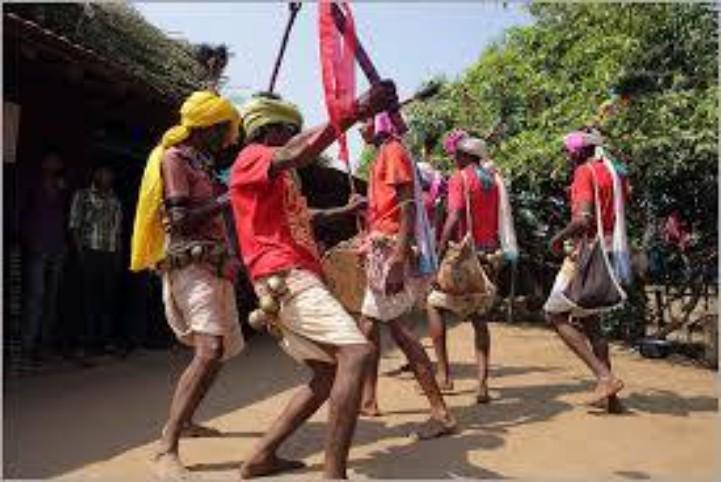Table of Contents
Relevance
- GS 2: Indian Constitution—historical underpinnings, evolution, features, amendments, significant provisions and basic structure.
Context
- The Constitution (Scheduled Tribes) Order (Amendment) Bill, 2021was introduced in Rajya Sabha. The Bill amends the Constitution (Scheduled Tribes) Order, 1950.
- The Bill has been introduced to give effect to modifications proposed by the state of Arunachal Pradesh.
Key points
- The Bill removes the Abor tribe from the list of identified STs (Scheduled Tribes) in Arunachal Pradesh.
- Further, it replaces certain STs with other tribes, as given in the below table.
| Original list | Proposed changes under the Bill |
| Abor | Deleted from the list |
| Khampti | Tai Khamti |
| Mishmi, Idu, and Taroan | Mishmi-Kaman (Miju Mishmi), Idu (Mishmi), and Taraon (Digaru Mishmi) |
| Momba | Monpa, Memba, Sartang, and Sajolang (Miji) |
| Any Naga Tribes | Nocte, Tangsa, Tutsa, and Wancho |
Constitutional provision
- The Constitution empowers the President to specify the Scheduled Tribes (STs) in various states and union territories.
- Further, it permits Parliament to modify this list of notified STs.
Abor tribe: Why deleted?
- The bill provides for the deletion of Abor tribe from serial no. 1 as it is the same as Adi in serial no. 16.
 Get free video for UPSC CSE preparation and make your dream of becoming an IAS/IPS/IRS a reality
Get free video for UPSC CSE preparation and make your dream of becoming an IAS/IPS/IRS a reality
How are STs identified?
- Article 366(25) of our Constitution provides for the process to define Scheduled Tribes.
- It states, “Scheduled Tribes means such tribes or tribal communities or parts of or groups within such tribes or tribal communities as are deemed under Article 342 to be Scheduled Tribes for the purposes of this Constitution.”
- Further, Article 342(1) states, ‘’the President may with respect to any State or Union Territory, and where it is a State, after consultation with the Governor, by a public notification, specify the tribes or tribal communities or part of or groups within tribes or tribal communities as Scheduled Tribe in relation to that State or Union Territory.’’
- It is worth noting that the Constitution does not define the criteria for recognition of the Scheduled Tribes.
The History of Backward Classes Commission And the Sub-Categorisation of OBCs
Safeguards for STs
-
Educational & Cultural Safeguards
- Article 15(4): Special provisions for advancement of other backward classes, including includes STs.
- Article 29: Right to conserve distinct Language, Script or Culture.
- Article 46: The State shall promote the educational and economic interests of the weaker sections of the people, and in particular, of the Scheduled Castes, and the Scheduled Tribes, and shall protect them from social injustice and all forms of exploitation.
- Article 350: Instruction in Mother Tongue.
-
Social Safeguard
- Article 23: Prohibition of traffic in human beings and beggar and other similar form of forced labour;
-
Economic Safeguards
- Article 244 (1): Provisions of Fifth Schedule shall apply to the administration & control of the Scheduled Areas and Scheduled Tribes in any State other than the states of Assam, Meghalaya, Mizoram and Tripura.
- Article 275: Grants in-Aid to specified States—Schedules Areas and Scheduled Tribes—covered under Fifth and Sixth Schedules of the Constitution.
-
Political Safeguards
- Article 243: Reservation of seats in Panchayats.
- Article 330: Reservation of seats for STs in Lok Sabha;
- 337– Reservation of seats for STs in State Legislatures;
- Article 371: Special provisions with respect to north eastern states and Sikkim.



 TSPSC Group 1 Question Paper 2024, Downl...
TSPSC Group 1 Question Paper 2024, Downl...
 TSPSC Group 1 Answer key 2024 Out, Downl...
TSPSC Group 1 Answer key 2024 Out, Downl...
 Cabinet Ministers of India 2024, New Cab...
Cabinet Ministers of India 2024, New Cab...







